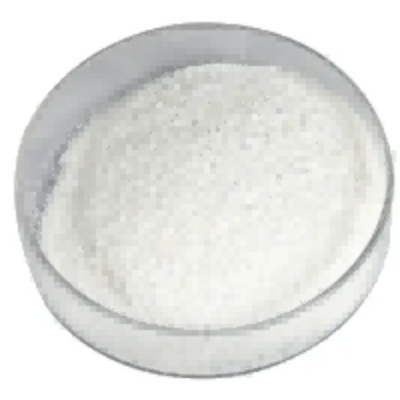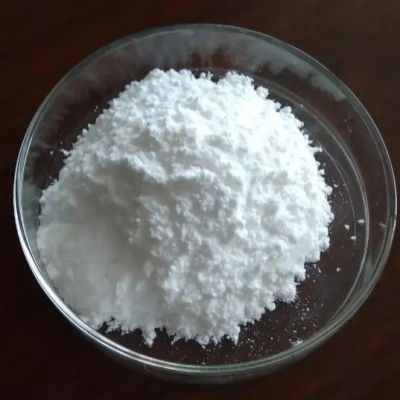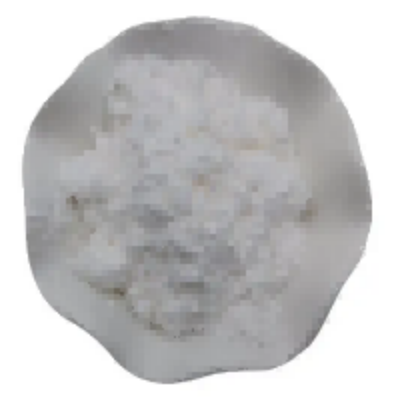Hexadecyl trimethyl ammonium bromide CAS:57-09-0
Hexadecyl trimethyl ammonium bromide (HTAB) is a highly versatile quaternary ammonium salt with a broad array of applications across multiple industries due to its unique chemical properties. One of its primary uses is in the formulation of disinfectants and antiseptics, where its cationic nature allows it to interact effectively with negatively charged microbial cell membranes. This interaction leads to cell lysis, making HTAB a potent antimicrobial agent ideal for promoting hygiene in healthcare environments, food processing facilities, and public spaces. In the personal care sector, HTAB acts as an emulsifying and conditioning agent in a range of cosmetic products. It helps stabilize emulsions by reducing surface tension, ensuring that oil and water phases mix uniformly in formulations such as creams, lotions, and hair conditioners. This property enhances both the texture and performance of these products, improving user experience by providing a smooth application and conditioning benefits for hair and skin. Additionally, HTAB is utilized in the textile industry for fabric treatments. It imparts softening and antimicrobial properties to textiles, enhancing comfort while ensuring protection against bacterial growth. In agricultural formulations, HTAB can serve as a dispersing agent, facilitating the even distribution of pesticides and improving their efficacy on crops. Moreover, HTAB's capability to modify surfaces makes it relevant in nanotechnology and material science. It can be employed in drug delivery systems, helping to stabilize nanoparticles and enhance the bioavailability of therapeutic agents. Overall, hexadecyl trimethyl ammonium bromide is an essential ingredient that significantly contributes to product innovation and effectiveness across various sectors.






| Composition | C19H42BrN |
| Assay | 99% |
| Appearance | white powder |
| CAS No. | 57-09-0 |
| Packing | Small and bulk |
| Shelf Life | 2 years |
| Storage | Store in cool and dry area |
| Certification | ISO. |









